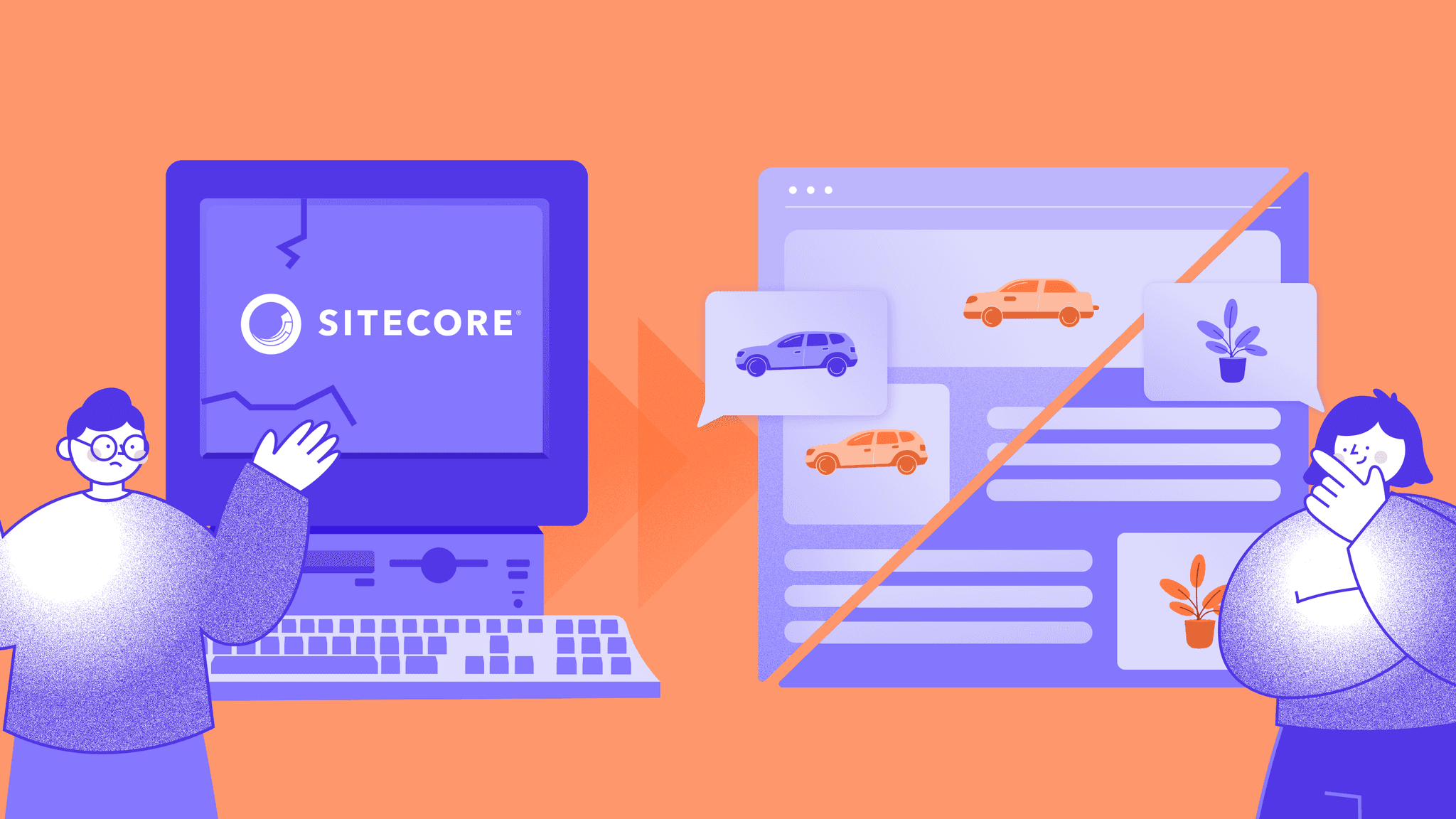You know that feeling when your smartphone gets slower, your apps crash, and updates take forever?
It worked great a few years ago, but now, compared to newer models, it’s obvious the technology hasn’t kept up. At some point, no matter how well it used to work, you realize it no longer fits your needs, and it’s time for something better.
That’s what’s happening right now in the digital agency world.
For over a decade, agencies built their businesses around traditional Digital Experience Platforms (DXPs) like Sitecore, Adobe Experience Manager, and Kentico. These tools were powerful, all-in-one solutions that gave enterprise clients everything they needed to manage content, personalization, and customer journeys. For a while, they were the industry standard.
But times have changed. Fast.
Today, clients expect more agility, faster delivery, and better integration with their modern tech stacks. They’re focused on outcomes, not extra work, and they’re no longer willing to wait months (or spend millions) to launch and maintain a digital experience.
And while client expectations have evolved, many agencies haven’t. They're still tied to the same complex systems that now feel heavy and outdated. The very platforms that once gave them a competitive edge are starting to hold them back.
And agencies that don’t evolve risk being left behind, by both their clients and their competitors.
Why traditional DXPs no longer fit modern digital needs
Pressure from clients, developers, and budgets is forcing agencies to rethink everything.
Clients want faster, more cost-effective solutions. Developers are drawn to modern tools and cleaner architectures. Legacy platforms are expensive to implement, slow to adapt, and increasingly hard to justify, both in pitches and performance.
Agencies that recognize these signals are shifting toward headless CMS platforms that are faster to implement, easier to maintain, and better aligned with today’s digital demands.






